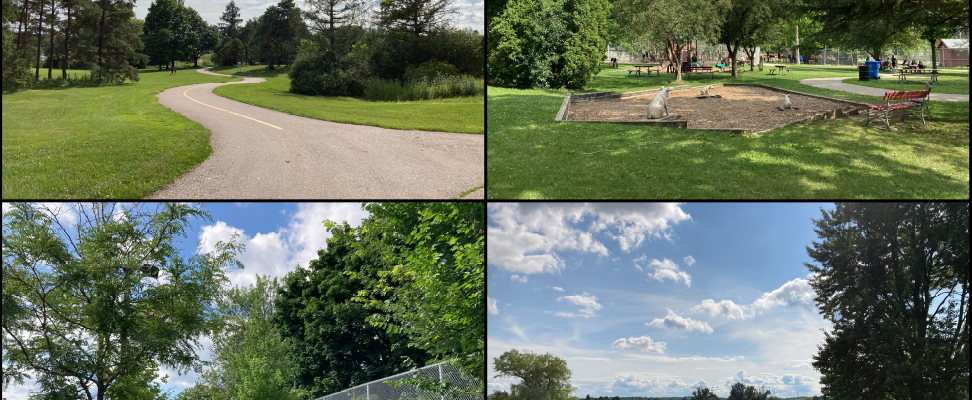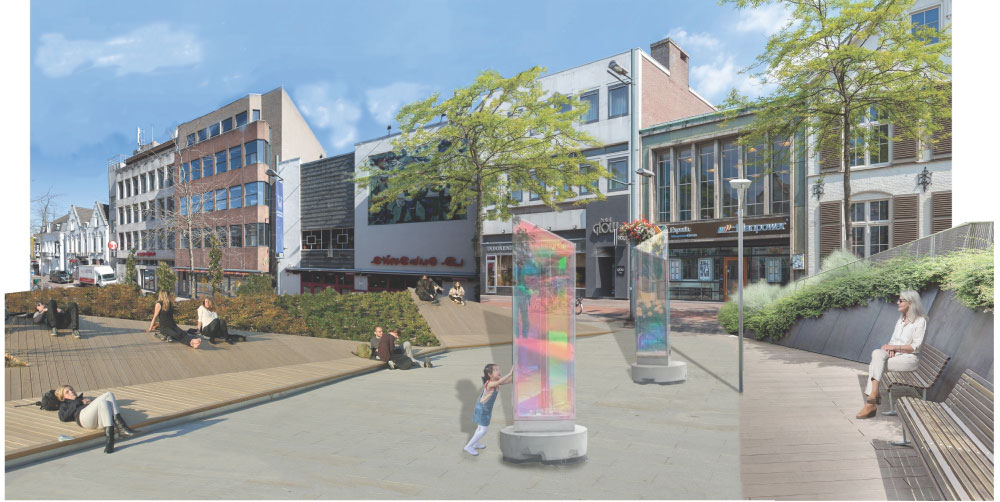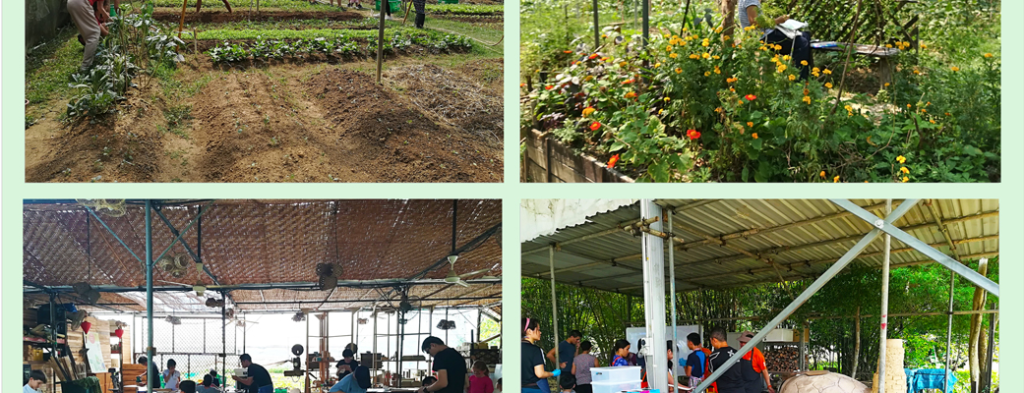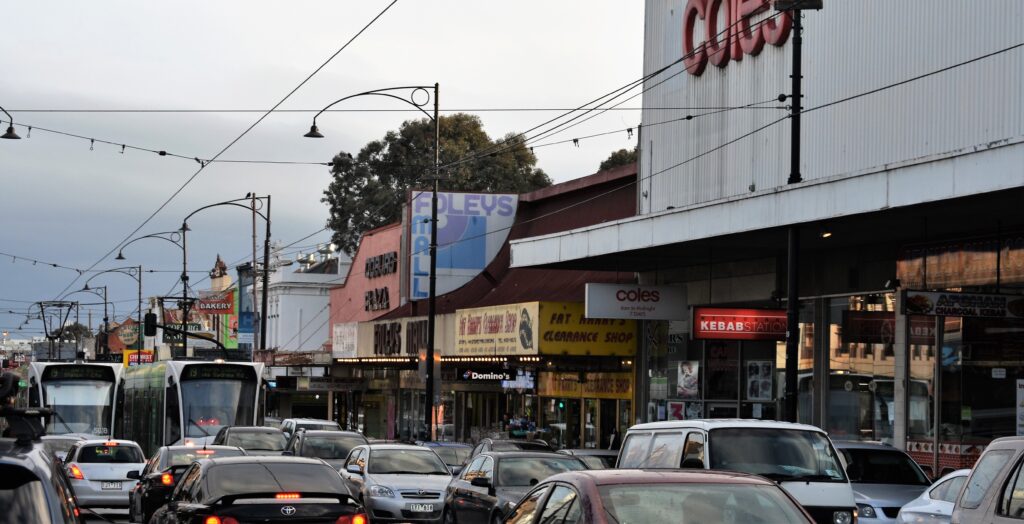City Know-hows

How did parks and greenspace use change three months into the pandemic? Parks and greenspace can help mental health but also may be sites of virus transmission.
Share
Target audience
Public Health officials; Parks and greenspace planners; Urban citizens
The problem
The COVID-19 pandemic has radically altered the risks associated with public space. Because the virus is socially communicable, members of the general public may avoid public space. Yet, public spaces such as parks and greenspace provide stress restoration benefits that are important during times of crisis. As such, it is unclear whether the general public is visiting parks during the pandemic more or less often than before the pandemic.
What we did and why
In this study we examined how the pandemic affected the general public’s patterns of behaviour in public space within a region in Southwestern Ontario. We explored whether the frequency of, as well as reason for, visiting parks or greenspace was self-reported as to have changed as a result of the pandemic. We also investigated whether demographic variables of age, gender, income, education, household density, household type, and city of residence predicted change in park and greenspace use.
Our study’s contribution
Our his study demonstrates a significant decrease in park and greenspace use three months into the pandemic. Change in frequency of park and greenspace visitation was significantly predicted by gender, reason for visitation, number of people in household, and income. Regarding these effects, it is speculated that the perception of COVID-19 transmission risk overrides the perceived stress restoration benefits of parks and greenspace.
Impacts for city policy and practice
Given the unprecedented effect the pandemic has had on population-level indices of mental health, consideration should be given to facilitating access to parks and greenspaces. This is particularly true for spaces that facilitate physical activities. Future research should investigate the motivational differences between genders, ages, and income levels, so that all members of the public are equitably supported by parks and greenspaces infrastructure during and after the pandemic.
Further information
Urban Realities Laboratory: We study the impact of urban design on human psychology. We employ a variety of methods from field studies of behaviour in urban and architectural settings to the use of immersive virtual reality to test predictions about urban behaviour in simulations.
Our goals are both to contribute to theory in environmental psychology and to develop tools that can be applied to specific problems and issues relating to the psychology of the built environment. We welcome inquiries from potential students and collaborators both within and outside the academic domain.
Full research article:
The effect of COVID-19 on parks and greenspace use during the first three months of the pandemic – a survey study by David Borkenhagen, Emily Grant, Robin Mazumder, Hanna R. Negami, Jatheesh Srikantharajah & Colin Ellard
Related posts

Poorly designed neighbourhood outdoor spaces can harm citizens’ mental health, such as presenting them with information overload, crowding or low exposure to nature. Our research explored which design elements can support urban designers in designing neighbourhood outdoor spaces that can reduce stress and attention fatigue and improve the mental health of all citizens.

The involvement of citizens in nature placemaking processes can have a positive impact in the psychological health and wellbeing. The connection with the natural environment and community is grounded in five core principles recognized as the 5Gs: Gracious, Green, Giving, Grounded and Grateful, as conveyed through the activities.

Urban planners, economists, health and community policymakers and practitioners share insights in a new study on creating healthy food environments using urban planning policy and governance levers.